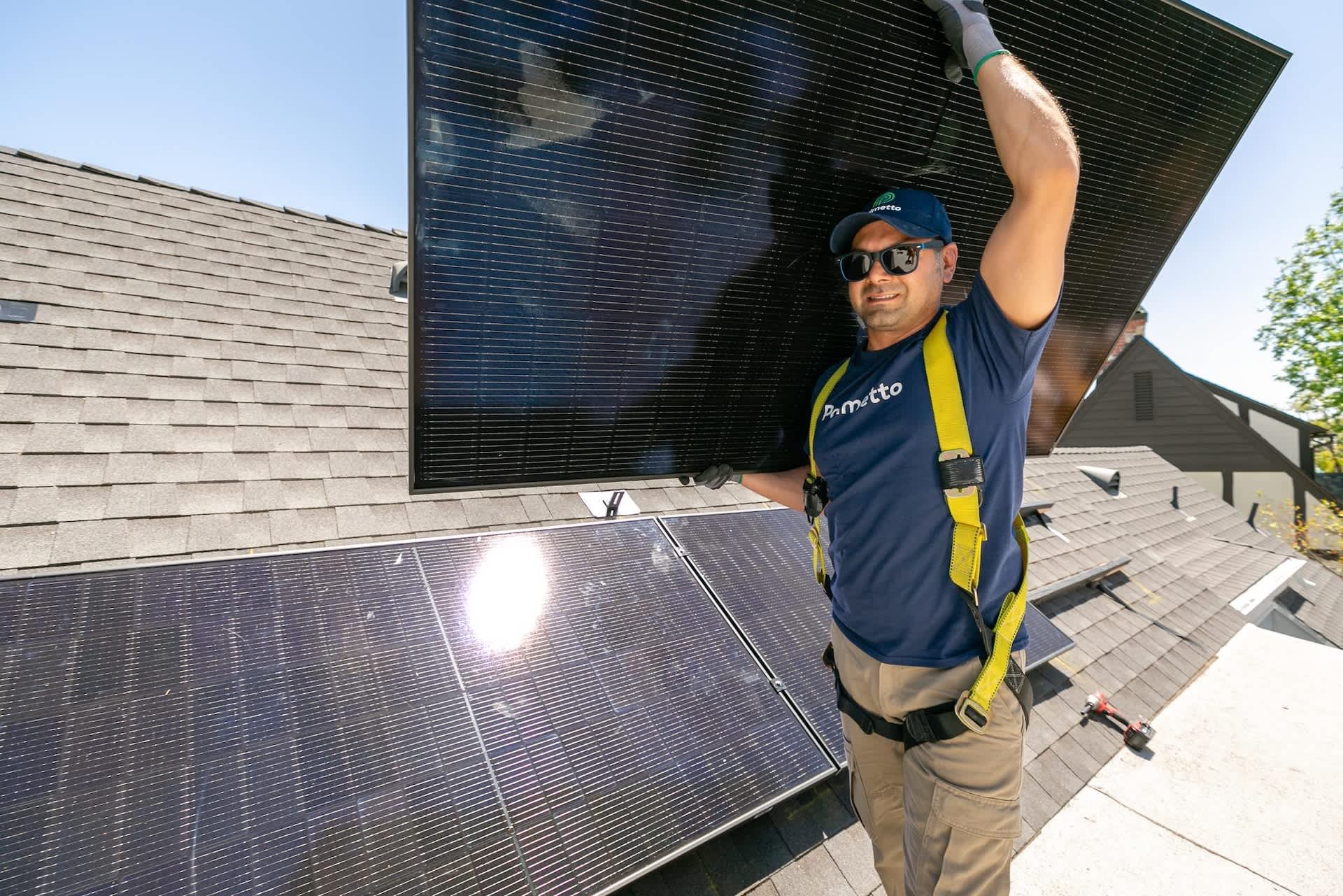A NASA-funded study led by researchers at George Washington University used satellite imagery to gauge air pollution around nearly 150,000 large warehouse facilities across the U.S., and the results are startling.
What's happening?
As The New York Times detailed, this air quality study focused on levels of the traffic-related pollutant nitrogen dioxide. It found that areas near giant hubs with round-the-clock semitrailer traffic had a 20% spike in levels of the dangerous pollutant, with the busiest ranking even worse.
Nitrogen dioxide can irritate airways in the human respiratory system in the short term, but longer exposures to high levels can lead to asthma and increase potential respiratory infections. It can also combine with other pollutants in the air to form particulate matter and ozone, increasing its dangerous profile.
Why is nitrogen dioxide pollution such a problem?
"Increased truck traffic to and from these recently built large warehouses means people living downwind are inhaling an increased amount of harmful nitrogen dioxide pollution," said Gaige Kerr, lead author of the study, in a press release.
"Communities of color are disproportionately affected because they often live in close proximity to warehouses, especially dense clusters of warehouses."
Although these large facilities can be found scattered across the country, 20% of them are concentrated in just 10 counties, with California and Texas appearing in the list frequently. This isn't just a problem exclusive to warehouses, but anywhere that has an abnormally high concentration of vehicles near residential areas, especially heavy-duty trucks.
Can't afford solar panels? Here's how to get them without paying for purchase or installation Palmetto's revolutionary LightReach program gives you all the benefits of solar power without the upfront costs. LightReach lets you lease solar panels with no money down, making it easier than ever to lock in energy savings. Palmetto assumes all risk and responsibility for the panels you lease, which means you'll get reliable performance without unforeseen costs. To get started, just answer a few basic questions about your home and learn how much you can save. Learn more → |
Watch now: Uber-wealthy couple makes unprecedented move with $300 million land
"The average warehouse built since about 2010 looks a lot different than the warehouses that were built prior to that, with [a] lot more loading docks, a lot more parking spaces," as Kerr shared in the article.
What's being done about transportation-related pollution?
Because of the EPA and its increased vigilance in limiting pollution in the U.S., most vehicles are now 99% cleaner than ones driven in the 1970s, but we still have a long way to go. The transportation sector still accounts for 28% of planet-warming pollution in the country, making it one of the highest contributors.
It seems unlikely that we'll all stop ordering packages for delivery, so we need to convert fleets to greener technologies, such as cleaner biofuels or electric vehicles.
Large warehouse locations could also reduce reliance on dirty fuel sources by shifting to renewable energy to power their operations, such as using silent, bladeless, roof-mounted wind turbines.
TCD Picks » Grove Collaborative

"Such measures would mean people living near warehouses could breathe cleaner air," said Kerr in a press release.
Join our free newsletter for weekly updates on the latest innovations improving our lives and shaping our future, and don't miss this cool list of easy ways to help yourself while helping the planet.
















